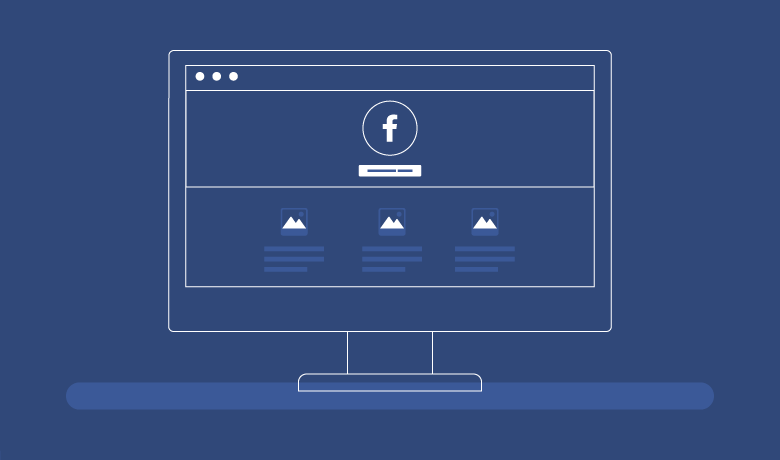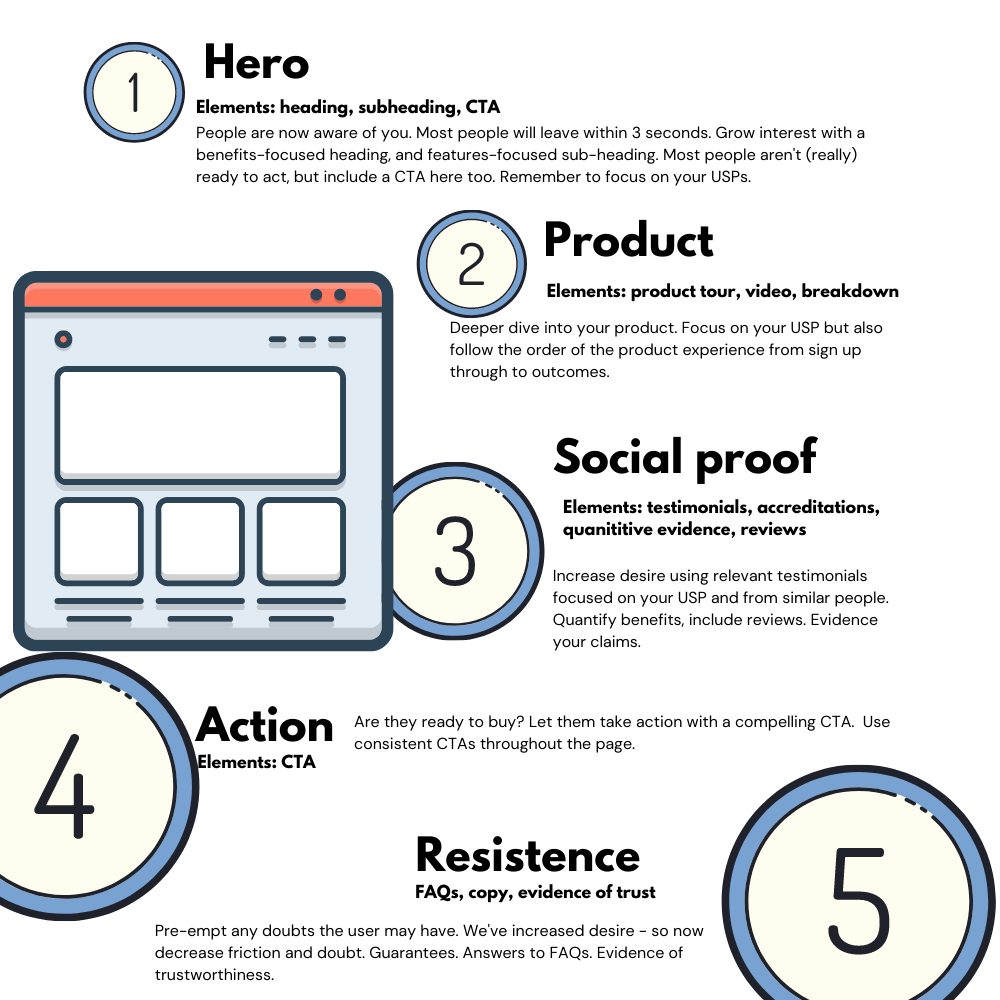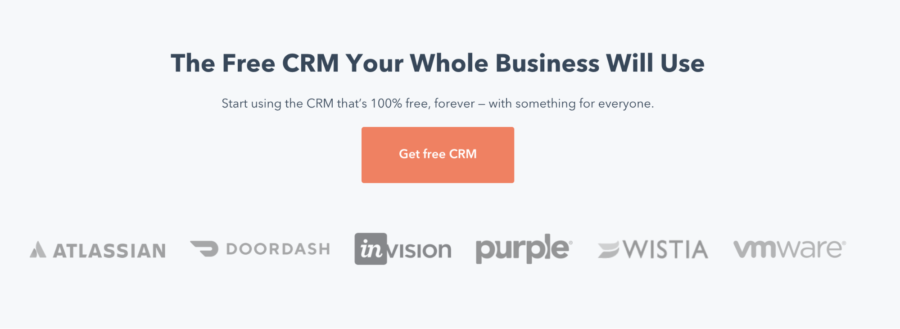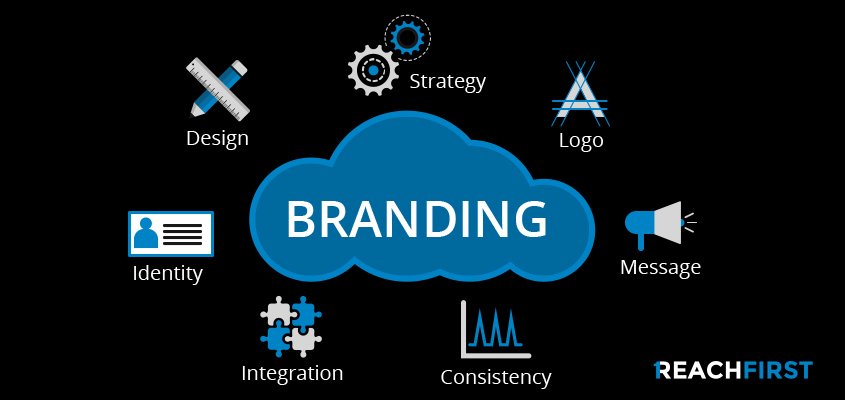All you need to Know About Creating a Converting Facebook Landing Page
While most people actively search on google, Facebook ads are another way of directing hot or warm traffic to your website. In some cases, leading people off of Facebook onto a separate landing can backfire. This usually happens when an informational dissonance occurs. If you are advertising a specific product or service and you end […]

While most people actively search on google, Facebook ads are another way of directing hot or warm traffic to your website. In some cases, leading people off of Facebook onto a separate landing can backfire. This usually happens when an informational dissonance occurs.
If you are advertising a specific product or service and you end up sending people on a more general landing like a catalog, at the very least, they will be irritated and would most likely bounce off.
What are facebook landing pages?

Don’t get misled by the terminology, a Facebook landing page isn’t a Facebook page, but instead a landing which your Facebook leads would land on after clicking on a Facebook ad.
Typically, successful online marketers and businesses create separate landings for separate funnels. If a given Facebook ad set is targeting a specific target audience, then the most logical thing to do would be to optimize the landing for this ad for them and tailor the experience.
Having general landings or setting up home pages as landings can very quickly misfire, especially with social media traffic.
How to create a tailored Faceb0ok landing page?

Some of these tips don’t only apply to Facebook landings but to landings for ads in general. In the digital space, people often expect to find exactly what they are looking for right away, and presenting something even slightly different to them than what was advertised in the first place can lose their attention forever.
- Create custom landings for different ads and messages. Are you selling sports shoes that can both be used in basketball and volleyball? While this seems odd, you can brand two different campaigns, one targetting basketball players and one targetting volleyball players, both leading to different landing pages, customized for the given audience.
- A tailored strategy increases conversions. Make sure the ad and the landing have aligned branding, colours, message, and product placement. If something seems off to the users, they might even end up forgetting how they go to the page in the first place. Nowadays, people often open up to 30 tabs in their browser and that can get confusing.
- Make the most out of remarketing. If you have properly tailored the landings of each product according to the audience, following the example given above, you can target each segment of the audience with relevant information. This would avoid your product being promoted once as basketball shoes and once as volleyball shoes to the same audience.
- Improve your reports and data gathering. Granular data is something that can greatly increase your insights regarding conversion rates and how to raise them. Each tailored landing page has a custom URL, that would allow you to track conversions and other important events on separate landings. See what works and whatnot. Focus on your winners.
Now, you’ve learned the general tips that you can utilize in forming landing pages, let’s dive further into some of the most important Facebook landing page strategies.
The most effective Facebook landing page strategies

Much like the general tips we saw above, you can take the key aspects of these strategies and instill them in other campaigns aside from social media and Facebook.
1. Make your CTA clear

Even if you have devised the best copy for your Facebook ad, if it lacks a proper call to action, people would simply pass by after reading it, unless they are extremely interested, which should also encourage you to optimise your CTA.
In order to convert, a Facebook CTA must be written in a clear and comprehensive way. Moreover, it can also be used to emphasize key selling points like “Start for free”. By doing that, instead of mentioning somewhere along the lines of text that your product or service has no upfront cost, you directly stick it in front of your potential customer’s eyes.
More incentives can be mentioned close to the CTA. Research the most common motives of your clients, as well as their objections, and use CTAs to completely bypass them.
Honestly, there are some businesses that ignore this, and we have all been witnesses to a Facebook advertisement that promotes a newsletter, and then instead of “Subscribe” you see “Shop now” which totally kills the vibe and frankly doesn’t work at all.
2. Align everything in your ad and landing

Yes, we’ve already mentioned this one, but since it’s so important, let’s quickly go over what makes it a deal-breaker, if not properly set up.
Imagine scrolling through Facebook and seeing these amazing hockey sticks branded in red and yellow, your favourite colours. You click on the ad “Amazing hokey sticks”, expecting to land on a page that sells “Amazing hockey sticks”, but instead, the heading changes to something less exciting and totally unrelated. And yes, there are no colours now.
This often happens as many businesses outsource their advertising work to agencies. While this isn’t something bad in most cases, if the ad isn’t aligned with the landing, even if you reach a high CTR (Click-through rate), the conversion rate of the page is likely to drop due to the build-up of false expectations.
In order to avoid this from happening to your business and clients:
- Check whether all headings match.
- Product description, product, or service names must match.
- Colours and branding of the ad and landing page must be identical.
- The landing should look and be perceived as a natural extension of the Facebook ad.
3. You’re on social media, utilize social proof!

While genuine social proof that fits with our strategy isn’t always the easiest thing to acquire, it works wonders on social media, and you should never neglect it.
If you are just starting your business, you can ask a friend or a fan of your brand for a positive comment, feedback, or testimonial. There are other types of social proof that can also work for you such as:
- Partnering companies. Are you a partner of a company that your target audience admires? If so, make sure you share it with them. That builds authority and shows them how genuine and reliable your brand is.
- Media coverage. Have you been mentioned in high-profile or mainstream media? If yes, then let your prospective clients know it.
- Ratings and reviews. Has someone reviewed your business? Make their review more visible if it’s in your best interest to share it.
- Influencers. If an influencer uses your product, this can also be used as social proof, regardless of whether it is a paid promotion or not.
Nowadays, in this digital and global age, people trust other people more than organizations and corporations. On the other hand, B2B clients prefer seeing the logos of large corporations that trust in you, over individual testimonials of unknown origin. Have that in mind, and always tailor your selling points to your audience.
4. Don’t let your landing page be just a landing page (Create it into a funnel)
Have you seen these “Thank you” messages that appear after you purchase something, and they give you a discount for your next purchase, a coupon in return for subscribing to a newsletter, and a few more extra benefits that you didn’t even dream of? If so, you’ve been targeted by a smart continuation funnel.
Of course, in e-commerce, you can have other sections like “other users also liked” or “frequently purchased together”. While your line of business dictates the possibilities, you can always steal ideas from here and there. See what funnels your best competitors use in your niche and improve them.
Another good example of a continuation funnel is platforms that offer free or paid courses. When an individual downloads instructions or starts a course, they reach the “Thank you” page, which offers them a free e-book on relevant information.
This e-book is practically another sales funnel, full of links and CTAs.
Could you apply something similar to your business?
5. Create urgency

Discounts, coupon codes, limited offers, timers, limited free trials, bundles, purchase one, get one free, these are all examples of luring in promises of a great deal that you shouldn’t miss on.
Different products encounter different objections from the customers. One of the most common ones for services are:
- No free trial.
- Free trial requiring credit card information. (This isn’t 2009, people aren’t stupid, they know that somewhere along with the free trial, they’ve agreed to pay for a subscription after the period.)
- Misalignment of the offer in the advertisement and on the landing page.
Sometimes driving someone to your landing page, and stripping away some of the key selling points you’ve told them in the ad can do more harm than good. Your goal is not to simply drag people to your website with flashy promises, you actually want to deliver on them, so that they can convert.
Conclusion
Facebook ads, like any other campaign, require an alignment of selling points of both the ad’s image and the landing page it leads to. All elements, including the headings, the copy, body, social proof, colours, and design, must be identical between the advertisement and landing page, as the latter should feel like a natural extension to the first.
Different approaches work for different businesses, but following the key concepts that we explained in the article should give you an advantage over some of your competitors. Test things out and see what works best for you. Good luck on your entrepreneurial journey.

